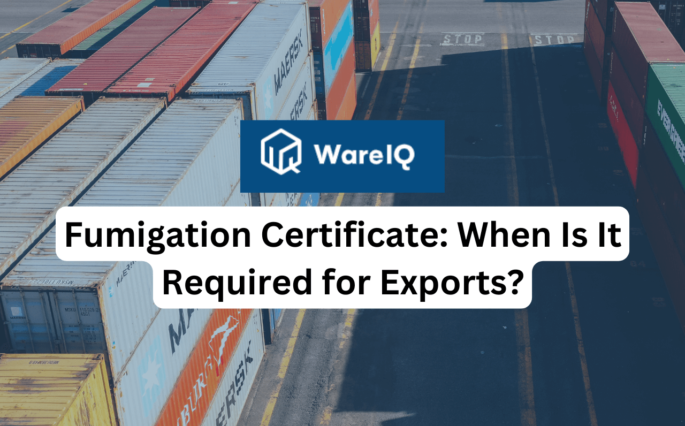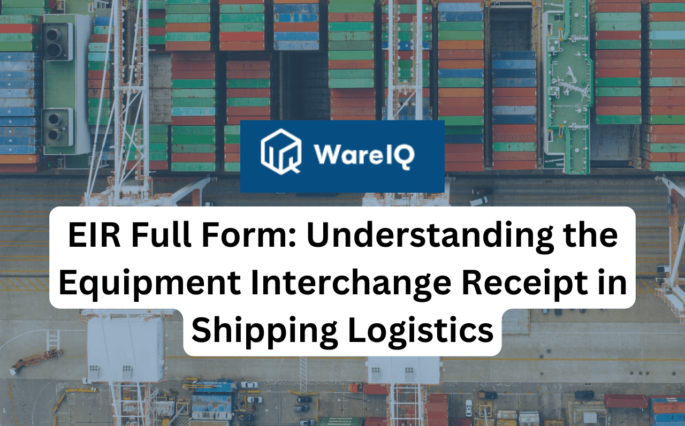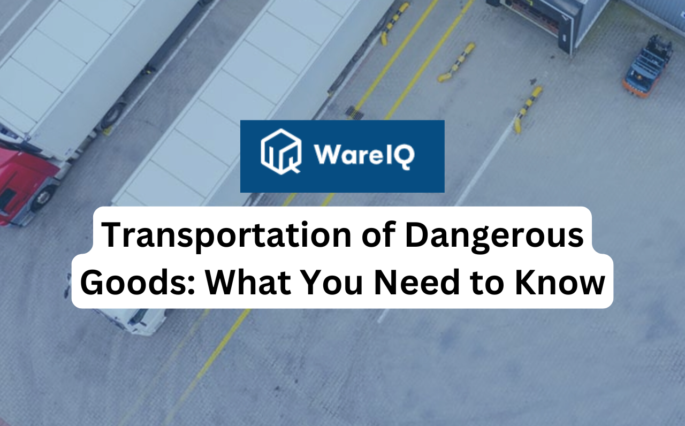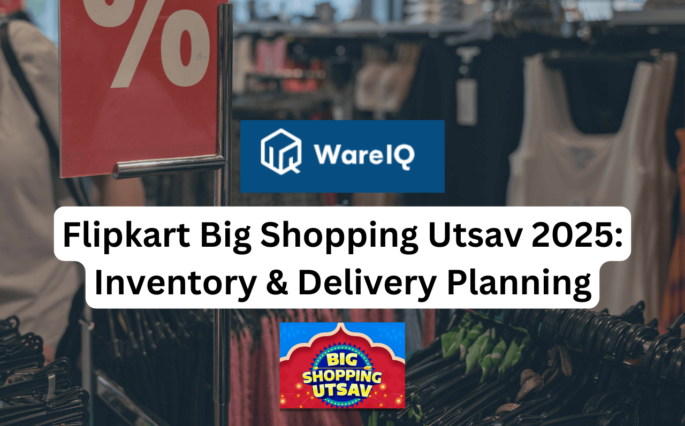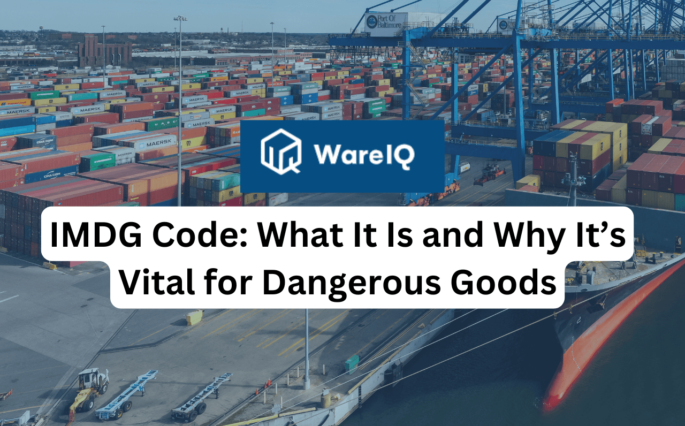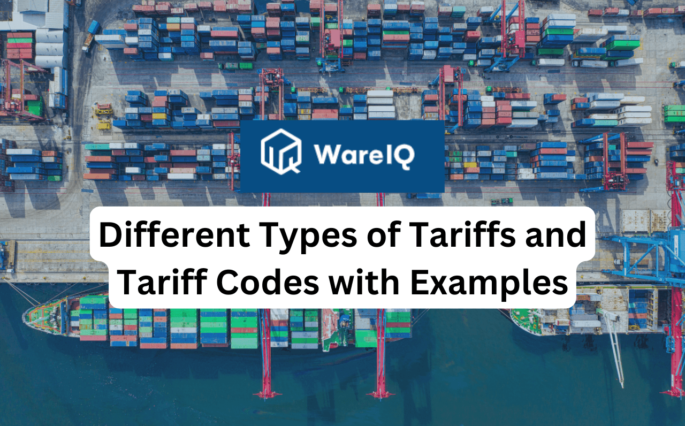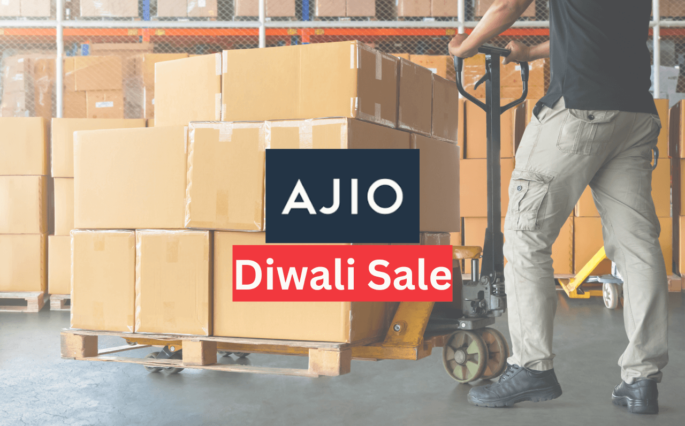Blogs

India as a Global Manufacturing and Fulfilment Hub: Growth, Opportunities & Key Advantages
India is rapidly emerging as one of the most attractive manufacturing hubs in the world, driven by government reforms, strategic investments, and rising demand. With cost efficiency, skilled talent, and robust infrastructure, India is strengthening its position as both a global manufacturing hub and a fulfilment hub for international supply chains. As industries expand production, the need for efficient logistics and fulfilment networks becomes critical. This blog examines India’s manufacturing growth, key advantages, and how WareIQ is driving the fulfilment ecosystem.India’s transformation into a production powerhouse is setting the stage for its recognition as India as a Global Manufacturing and Fulfilment Hub. This strategic shift is not only fueling economic growth but also reshaping global supply chains that are increasingly relying on India's capabilities. As global companies look to diversify their manufacturing bases, the spotlight continues to shine on India as a Global Manufacturing Hub, thanks to its agility, scale, and supportive policy landscape.India’s Manufacturing Growth: Stats & TrendsIndia as a global manufacturing hub, is rapidly gaining momentum, backed by government reforms and rising investments. Strategic initiatives have created a strong foundation for large-scale production and global supply chain integration.States like Gujarat, Maharashtra, and Tamil Nadu are major manufacturing hub in India. They attract heavy foreign investments. Each state offers a strong industrial infrastructure.The sector has grown 13% over the last decade, now contributing 17% to India’s GDP. Between 2014 and 2023, manufacturing attracted $149 billion in investments, showing confidence from both domestic and international players.According to Statista, the manufacturing market in India is projected to reach $240 billion by 2025. This reflects a consistent upward trend as more industries shift production to India.The employment rate in manufacturing is expected to hit 1.24% in 2025, creating new job opportunities and strengthening the workforce. Alongside, labour efficiency is projected to rise to US$87.80k, making operations more competitive.Strategic Focus Areas in India’s Manufacturing SectorSectorKey HighlightsGrowth & ProjectionsElectronics & TechnologyMobile, semiconductor & consumer electronics manufacturing under PLI schemes.Market to reach US$282-500 bn by 2030.Automobile & EVsPassenger & two-wheeler production, EV push with battery localisation.EV capacity to reach 2.5 million units by 2030.PharmaceuticalsLargest global supplier of generic drugs, a vaccine manufacturing hub.Controls a 20% global market share by volume, with a US$65 billion industry by 2030.Aerospace & DefenceIndigenous production via joint ventures, tech transfers, and Make in India.Defence manufacturing hit Rs. 1,46,000 crore (US$17.09 billion).Why India? Key AdvantagesIndia as a global manufacturing hub, thrives on cost efficiency, skilled talent, and strategic reforms. These factors make it a preferred choice for global supply chains and as a fulfilment hub for international markets.Affordable Talent with High ExpertiseIndia has one of the world’s largest labour pools, offering competitive wages and high productivity. Over 1.5 million engineers graduate annually, strengthening the talent base for industrial and technology-driven manufacturing.Pro-Business Policies & IncentivesThe government actively promotes India as a manufacturing and fulfilment hub. Programs like Make in India and PLI schemes offer financial benefits, while corporate tax cuts for new units can be as low as 15%, encouraging foreign investment.Massive Consumer Base & Export ReachA 1.4 billion-strong consumer market ensures strong local demand, while trade agreements with ASEAN, the EU, and Africa expand export opportunities. India is positioned as both a production base and a global fulfilment centre. Understanding the 7 Rs of logistics and supply chain helps businesses optimise operations and leverage India’s growing fulfilment ecosystem more effectively. World-Class Industrial InfrastructureModern industrial corridors, SEZs, and freight corridors are reducing logistics costs. Mega projects, such as the Delhi–Mumbai Industrial Corridor (DMIC), attract international manufacturers seeking efficient supply chain connectivity.Gateway to Global MarketsIndia’s location bridges the ASEAN, the Middle East, and Africa, making it an ideal hub for regional exports. Its proximity to emerging markets helps global brands optimise lead times and distribution costs.Building the Logistics & Fulfilment BackboneIndia’s rapid growth is fueling logistics demand.GDP is projected to reach US$6 trillion by 2030 and US$26 trillion by FY48.Merchandise exports are targeted to reach US$1 trillion by 2030, thereby boosting the need for efficient logistics and fulfilment solutions.Transportation and logistics are the backbone of manufacturing growth.A robust logistics network is crucial for India’s emergence as a global manufacturing hub.The sector supports the country’s ambition to become the most attractive manufacturing hub for global supply chains.Government initiatives are driving efficiency.Make in India and Unified Logistics Platform (ULIP) enhance transparency and integration.Paperless processing, digital clearances, and real-time shipment tracking are lowering logistics costs and improving speed.Expanding infrastructure for smooth movementIndia’s road network expanded from 62.15lakhkm in FY21 to 63.73lakhkm by January 2023, enhancing last-mile connectivity.Under the Dedicated Freight Corridor (DFC), US$38 billion (₹3lakhcrore) is being invested in exclusive rail tracks and associated infrastructure.Strengthening India’s position as a fulfilment hubDigitised logistics, multimodal connectivity, and cost-efficient freight corridors make India a hub for both manufacturing and fulfilment, serving domestic and global markets.This ecosystem enables faster supply chains, helping India become a manufacturing hub in Asia and one of the world’s most attractive destinations for manufacturing.How WareIQ is Powering India’s Fulfillment EcosystemAs India emerges as a global manufacturing hub and one of the most attractive manufacturing hubs, efficient logistics and fulfilment play a crucial role in scaling operations. WareIQ is at the forefront of this transformation, offering tech-driven fulfilment solutions that support brands across D2C, B2B, Quick Commerce, and Marketplaces.Pan-India Fulfilment Network12+ cities with Seller Flex & FAssured-compliant fulfilment centres operated by WareIQ.Last-mile delivery across 27,000+ pin codes, enabling brands to reach every corner of the country.Multi-Channel IntegrationPlug-and-play integrations with Amazon, Flipkart, Myntra, Nykaa, and D2C platforms like Shopify, Magento, and WooCommerce.Supports fulfilment across flagship stores, distributors, and eCommerce channels with detailed operational analytics.AI-Powered Inventory & Returns ManagementInventory LogIQ for AI-led multi-channel inventory planning to minimise stockouts and automate replenishment.Tech-enabled returns QC that captures HD media evidence of damaged or missing products, reducing marketplace claim rejections.Intelligent Courier Allocation EngineWareIQ’s Courier Location Engine automates last-mile delivery decisions:Assigns couriers based on region, payment mode (COD vs prepaid), product fragility, or weight slabs.Ensures the best-performing courier partners are allocated for each shipment, improving speed and reducing logistics costs.Complete Seller EnablementDedicated account management.APOB/PPOB & GST registrations, NDR & COD verifications, and compliance support.ConclusionIndia is emerging as a global manufacturing and fulfilment hub, creating significant opportunities for businesses. Pro-business policies, strong infrastructure, and a massive consumer base drive this growth. It is now one of the most attractive manufacturing hubs for global supply chains. Logistics and fulfilment solutions like WareIQ bring scalability and cost efficiency. Tech-driven fulfilment ensures faster deliveries and optimised operations. With the right logistics partner, businesses can easily serve both domestic and international markets while improving efficiency and growth.Also check - Hub and Spoke Distribution Model: Transforming India’s Supply ChainFAQs - India as a Global Manufacturing and Fulfilment HubWhy is India becoming a global manufacturing hub?Due to cost-effective skilled labour, government incentives such as Make in India and PLI, world-class infrastructure, and a strategic location that connects major global markets.What makes India a hub for fulfilment?Its large consumer base, multimodal logistics network, digitised supply chains, and proximity to emerging markets make it ideal for fulfilment operations.How does WareIQ help brands scale in India?WareIQ offers pan-India fulfilment centres, AI-driven inventory management, intelligent courier allocation, and seamless multi-channel integrations nationwide.What sectors drive India’s manufacturing growth?Key sectors include electronics, EVs, pharmaceuticals, aerospace, and defence manufacturing under government-led initiatives.Can WareIQ handle COD orders and fragile shipments?Yes, WareIQ’s intelligent courier engine assigns the best courier based on payment mode, region, product fragility, or shipment weight.
October 03, 2025
